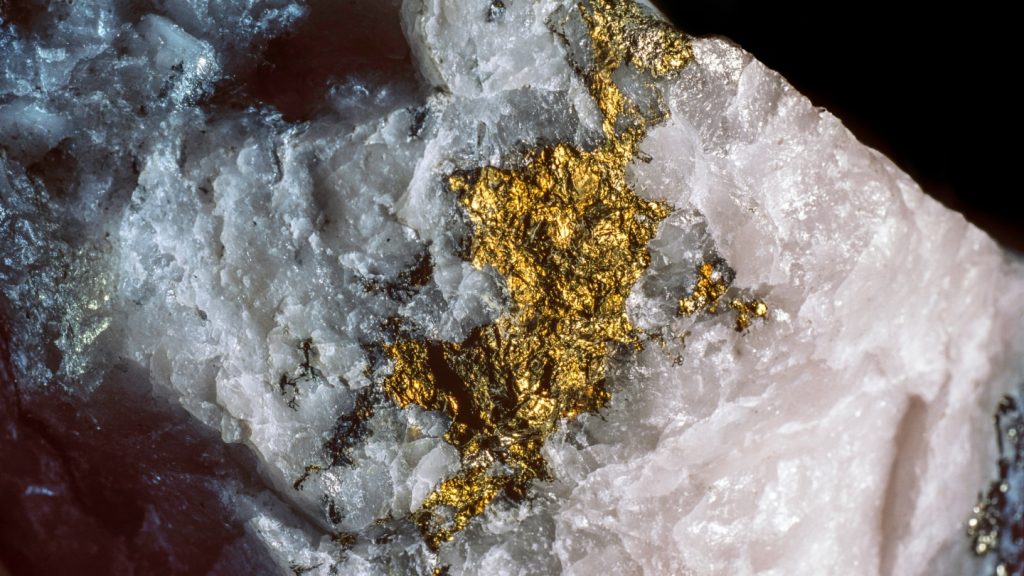Geologists have long studied how gold is formed within the Earth’s crust, particularly through the creation of orogenic gold deposits. These deposits are the result of earthquakes opening fractures that are then filled with fluids containing gold and quartz. Subsequent quakes cause these deposits to grow and expand over time. While this process can explain the formation of small quantities of gold, researchers sought to understand how the metal becomes concentrated in larger deposits. It was hypothesized that the piezoelectric properties of quartz play a key role in this concentration process.
Experiments were conducted in which quartz slabs were submerged in solutions containing dissolved gold or gold nanoparticles. These slabs were then struck at a frequency mimicking small earthquakes, generating voltages that caused gold grains to aggregate on the slab surfaces. The striking only resulted in gold deposition on the slabs that were struck, illustrating the importance of the piezoelectric properties of quartz in this process. Further experiments using chunks of gold-quartz veins demonstrated that existing gold in the vein acted as a lightning rod for further gold deposition, concentrating the mineralization in specific areas.
This research sheds light on the role of quartz’s piezoelectricity in the concentration of gold in orogenic deposits. By understanding how gold becomes concentrated in large nuggets, geologists and mining companies may be able to better target their exploration efforts and extraction techniques. This knowledge could lead to more efficient and sustainable gold mining practices, ultimately benefiting both the industry and the environment. It also provides valuable insights into the complex processes that shape the Earth’s crust and the resources contained within it.
The findings of this study have significant implications for the mining industry, as they could potentially revolutionize the way gold deposits are targeted and extracted. By leveraging the piezoelectric properties of quartz, companies may be able to develop new methods for concentrating gold in deposits, leading to increased efficiency and reduced environmental impact. Additionally, this research highlights the importance of understanding the underlying geological processes that shape mineral deposits, not only for economic purposes but also for scientific advancement and environmental stewardship.
Overall, the study provides a fascinating look into the intricate processes that govern the formation of gold deposits within the Earth’s crust. By uncovering the role of quartz’s piezoelectricity in concentrating gold nuggets, researchers have opened up new possibilities for the mining industry. This research not only advances our understanding of how gold is formed but also underscores the importance of sustainable and innovative approaches to resource extraction. As the world’s demand for minerals continues to grow, studies like these are essential for ensuring the responsible and efficient utilization of Earth’s finite resources.


